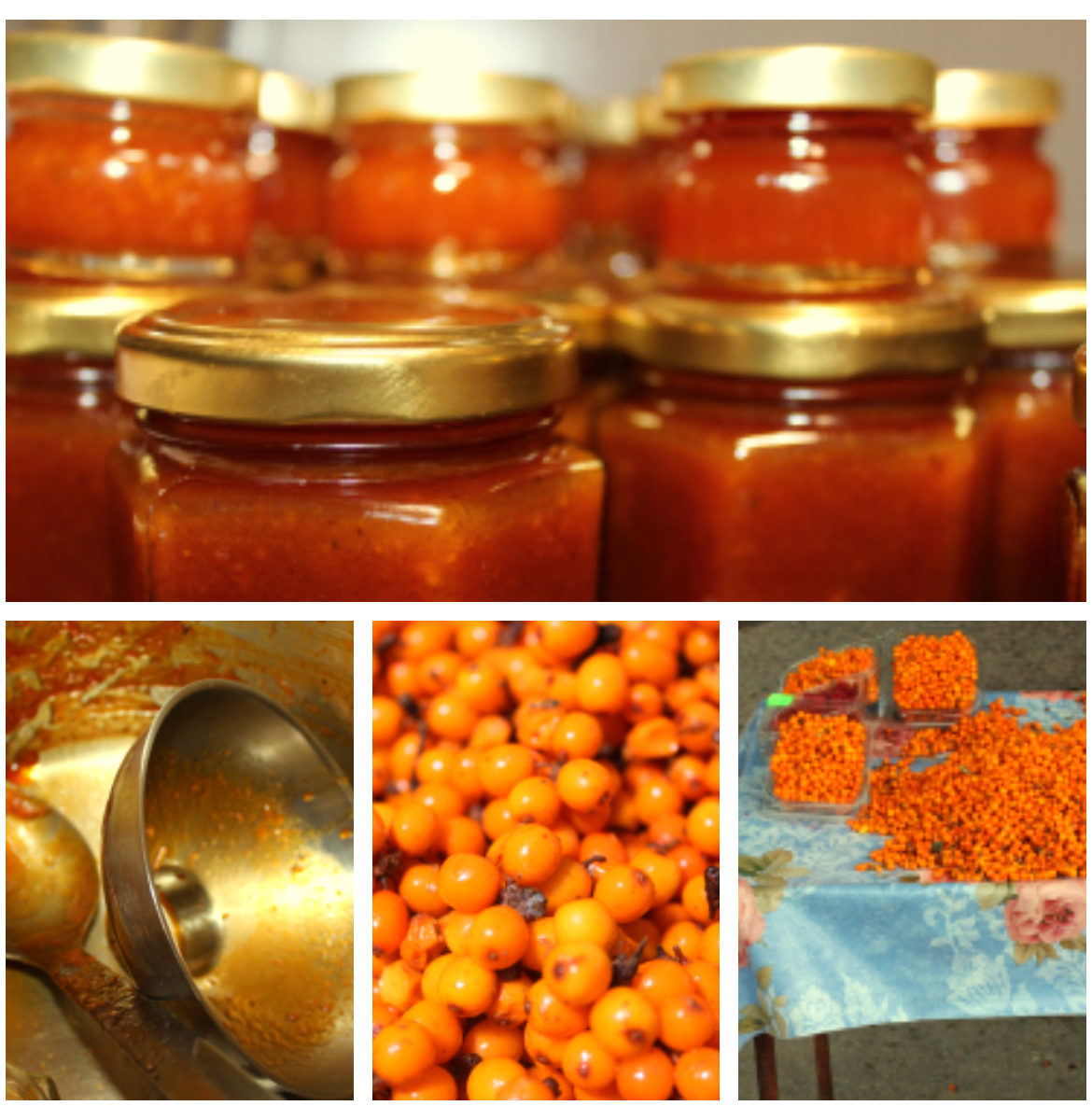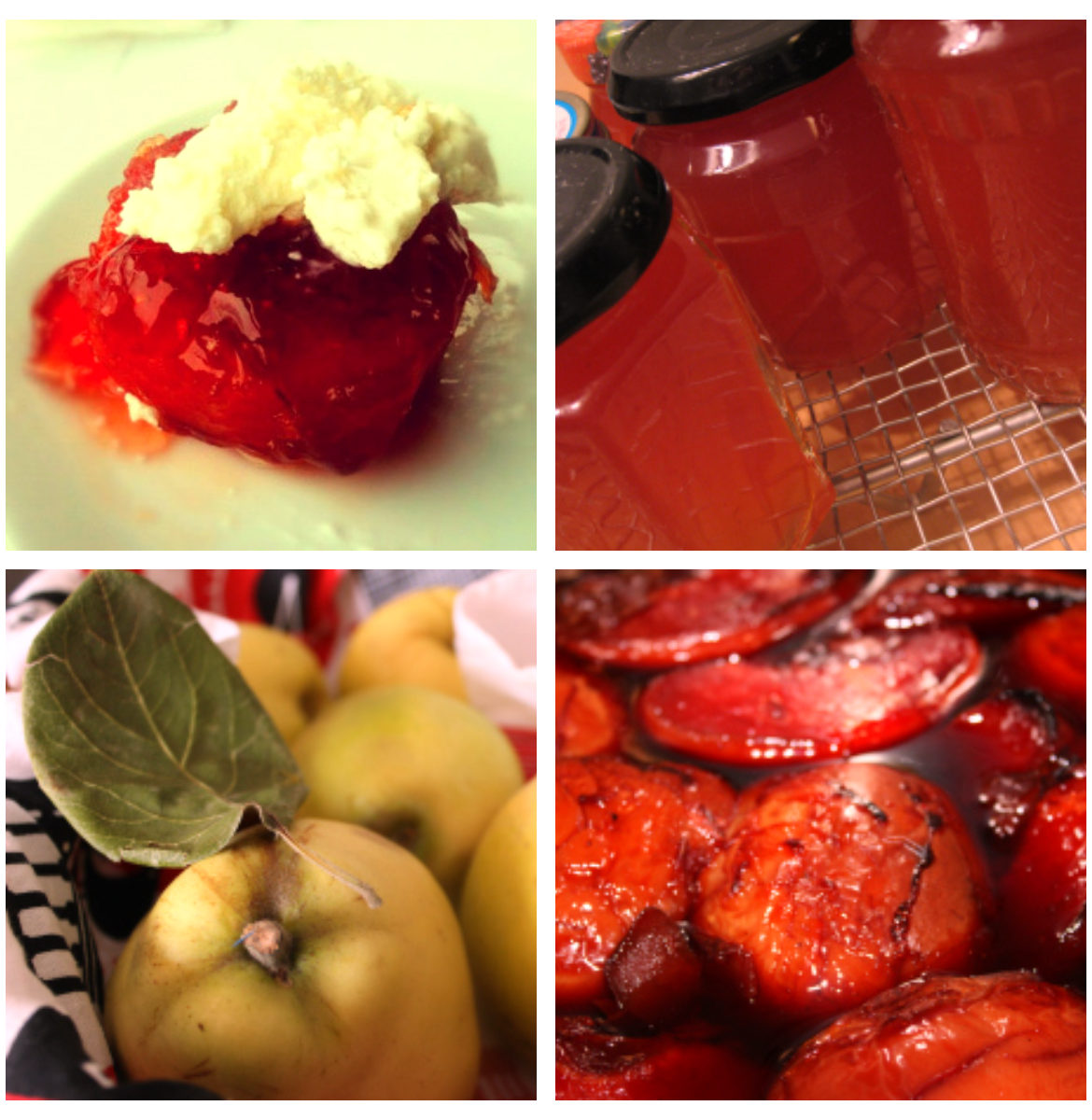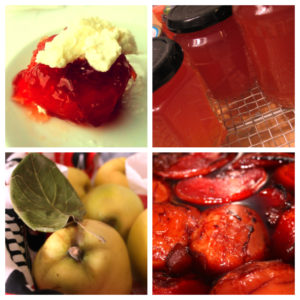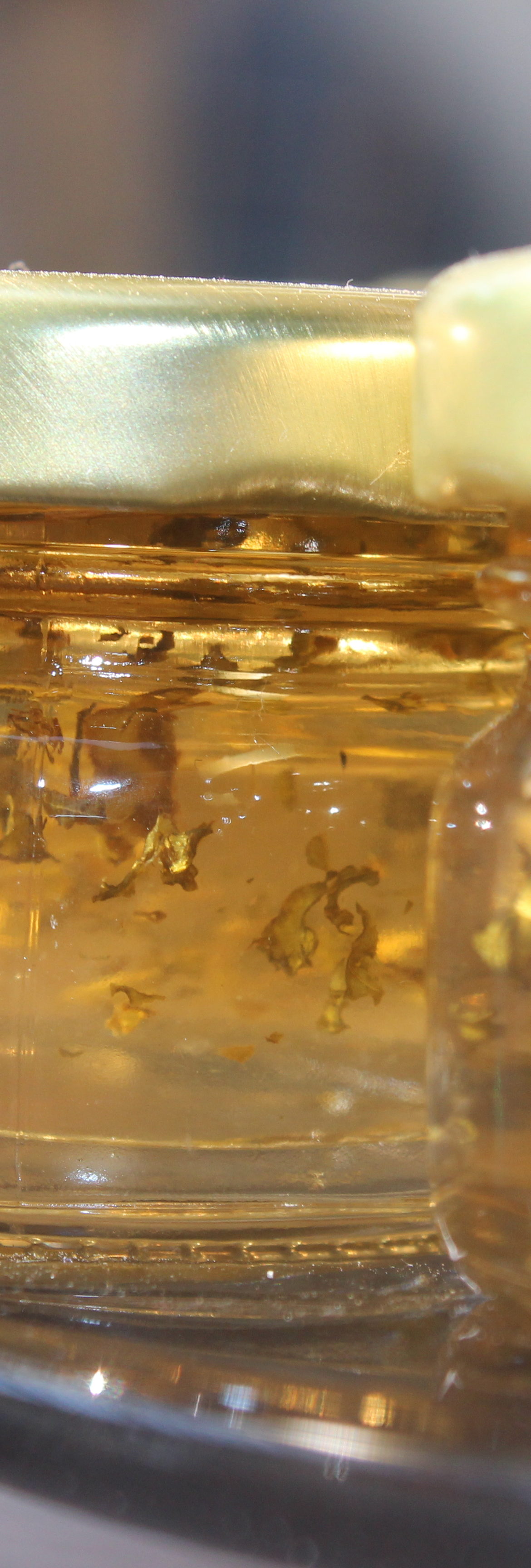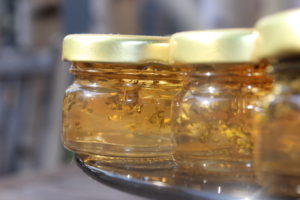Iridescent magic with good butter and home made bread….
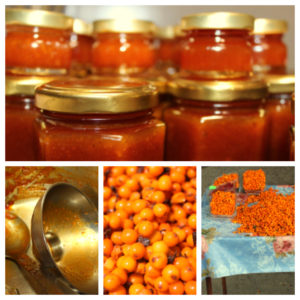
Catina berries (and the Romanian word is just so much prettier and less cumbersome so I have adopted it) are available on roadside stalls and in markets all over Romania in the autumn. They are the European Goji berry and when cooked (being pretty revolting raw unless doused liberally in honey ) take on slightly passion fruity flavours. I like how they respond well to a touch of citrus but not so much as to overpower the pure catina flavour.
i decided to apply the same method as for seedless redcurrant jam, something we Brits confusingly call redcurrant jelly…. I was very pleased with the results. I am still tinkering around with adding some apple puree and juice and will see how that works out – for now this is the neat version…in all senses.
Gadgets and Gizmos
The food mill really does make a difference. Hard to think how else to make a good puree. The seeds are pretty big and bitter so blitzing would be a disaster.
Ingredients
a quantity of catina (sea buckthorn) berries – 3kg will yield approx 20-24 medium jars
1 orange – juice and zest
sugar – probably 2.5kg but you need to weigh your fruit pulp…all in the How To
How To
1. Boil your berries lightly in just enough water to cover them. Approximately 20 minutes
2. Pass them through a food mill to obtain a puree with the water they were boiled in.
3. Weigh the resulting puree and add the orange juice but not the zest.
4. Add the same weight of sugar as your puree.
5. Boil to obtain a set. See The Jam Making Rules.
6. Add the orange zest
7. Jar in hot sterilised jars.


